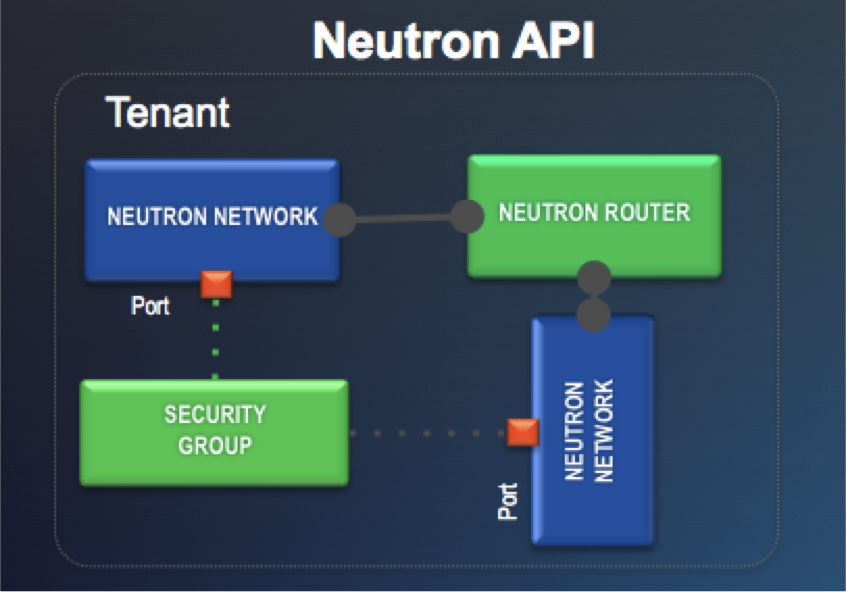This term defines the usage of cloud services (either IaaS, PaaS, SaaS) in a project without any control, decided by the application developers or designers because they think it's beneficial for the agility of the project.
Sometimes leveraging available services is really good for a project: it's useless to rebuild something that is easily available as a standardized service. Even when the IT organization of your company (or your customer, if you're a consulting company) provides the building blocks that you need for your architecture, it could be difficult to get approvals or a fast enough provisioning.
So there are different valid reasons to incorporate public cloud services, we can't blame those that try to fully exploit a Service Oriented Architecture.
Unfortunately this way of assembling applications using any available resource you consider useful creates troubles for the IT organization.
Besides additional costs, that arrive as a surprise (developers bill to a personal credit card or to a corporate one, but sooner or later those costs will be factored into the cost of the project), some corporate rules could be violated without even being aware.
Just a few examples: storing reserved data in a database outside the company's datacenter, or invoking services without encrypting the input/output parameters, not granting the end to end High Availability or Disaster Recovery of the entire system.
The subject of costs can be easily underestimated: at development time you need very limited cloud resources, for a limited time. It costs near to zero, before the application goes to a full production environment. But after that, it will need more computing power and more storage, and of course more bandwidth, to serve all the users. Cloud services tend to increase surprisingly in these conditions.
So the CIO has a dilemma: to try to block, or limit, the usage of cloud services - limiting cost and risk but appearing like the one that slows the innovation down and prevents the lines of business from achieving their business result - or to allow maximum freedom, with the additional risk of becoming not relevant because they can bypass the IT organization?
There is a solution in the middle: IT could offer a facilitated access to cloud services, adding them to a Service Catalog where users can self serve, granting compliance by design.
Public cloud services will be selected based on agreed architectural and security policies, they will be documented, audited and reported, eventually subject to approval from a financial standpoint.
One possible implementation of such a catalog can be based on the Cisco ONE Enterprise Cloud Suite, as I did in a recent project at one of my customers.
The Cisco ECS is a reference architecture comprising one flexible Service Catalog, a automation engine and a platform for hybrid cloud that allows the extension of your datacenter into a kind of "bubble" in the public cloud. In case you need additional power, you can burst your workloads into the virtual private datacenter keeping all the security and networking policies you defined in your private cloud: even the IP address of the virtual machines does not change, as long as the secure segmentation of the application layers and any other policy.
I'm not going to describe the Cisco ECS, because you can find the official documentation here.
I'm showing how we extended the services offered in this catalog with CliQr Cloud Center for managing the provisioning and the lifecycle management for applications in the cloud. So the great capabilities of Cisco ECS in term of IaaS are complemented with the offer of the deployments of simple or complex applications and software stacks, that you can target at any cloud just selecting from a drop down list.
I mean that the template for the deployment is not cloud dependent, and the user can - within the limits of his authorization level and the corporate policies - choose to provision it in the private cloud (e.g. on vmware in the corporate data center) or in the public cloud (e.g. AWS or Azure).
The lifecycle operations (start, stop, resume, delete, etc.) will be also offered as well as the migration to a different cloud: from private to public after the QA test is done and you're ready for production, from a public provider to a more convenient one, etc.
THIS POST HAS BEEN REDACTED
After the publication of this post Cisco announced the intent to acquire Cliqr (not because of the post :-) ), and our policies require that we don't speak of deals while they are in progress. I can't show the way we integrated Cliqr in this project because the official statement on the reference architecture will be communicated by Cisco after the acquisition is eventually completed.
References:
http://blogs.cisco.com/datacenter/introducing-cisco-one-enterprise-cloud-suite
http://www.cliqr.com/



































